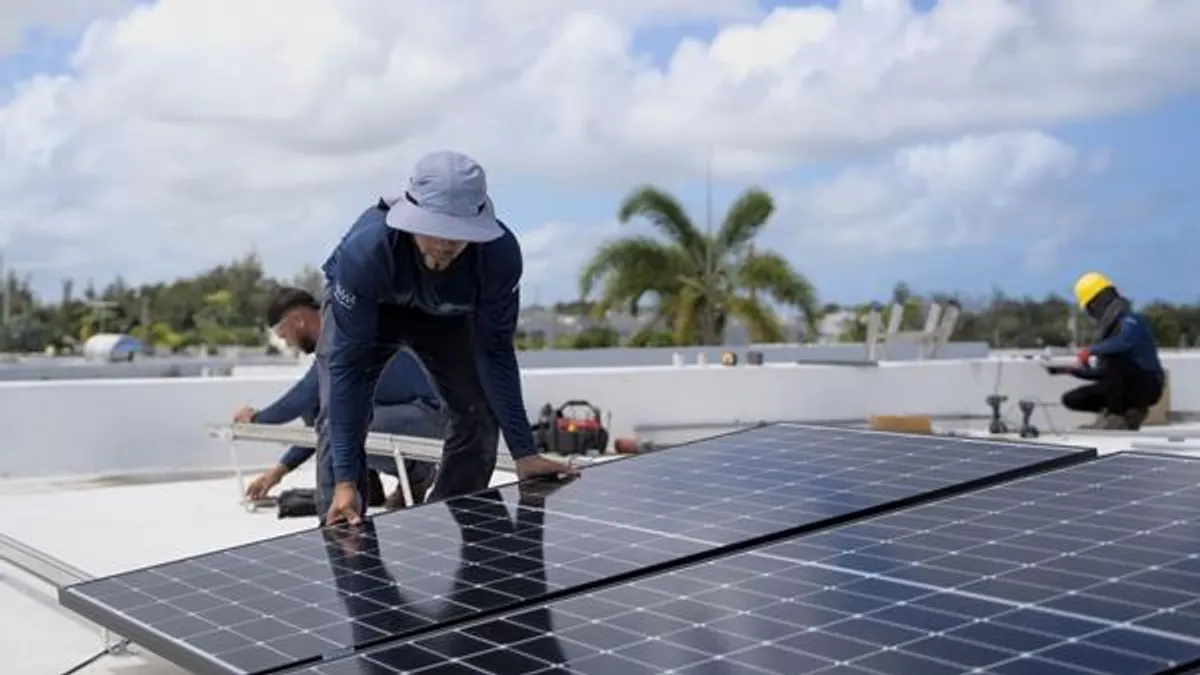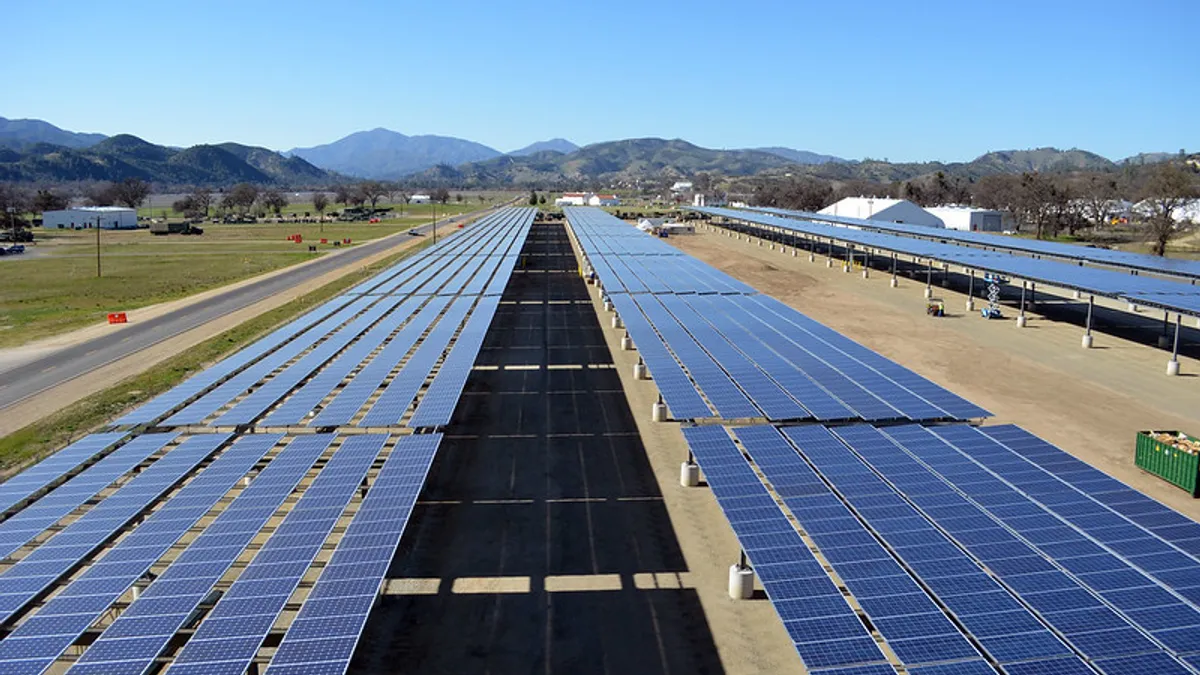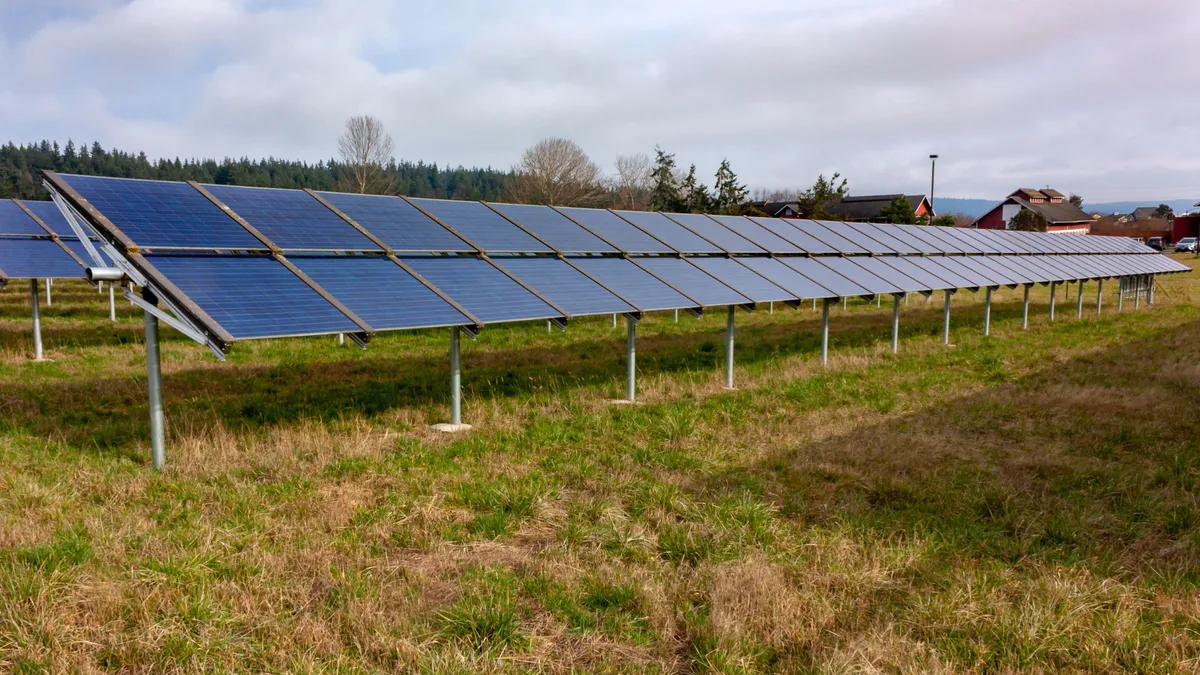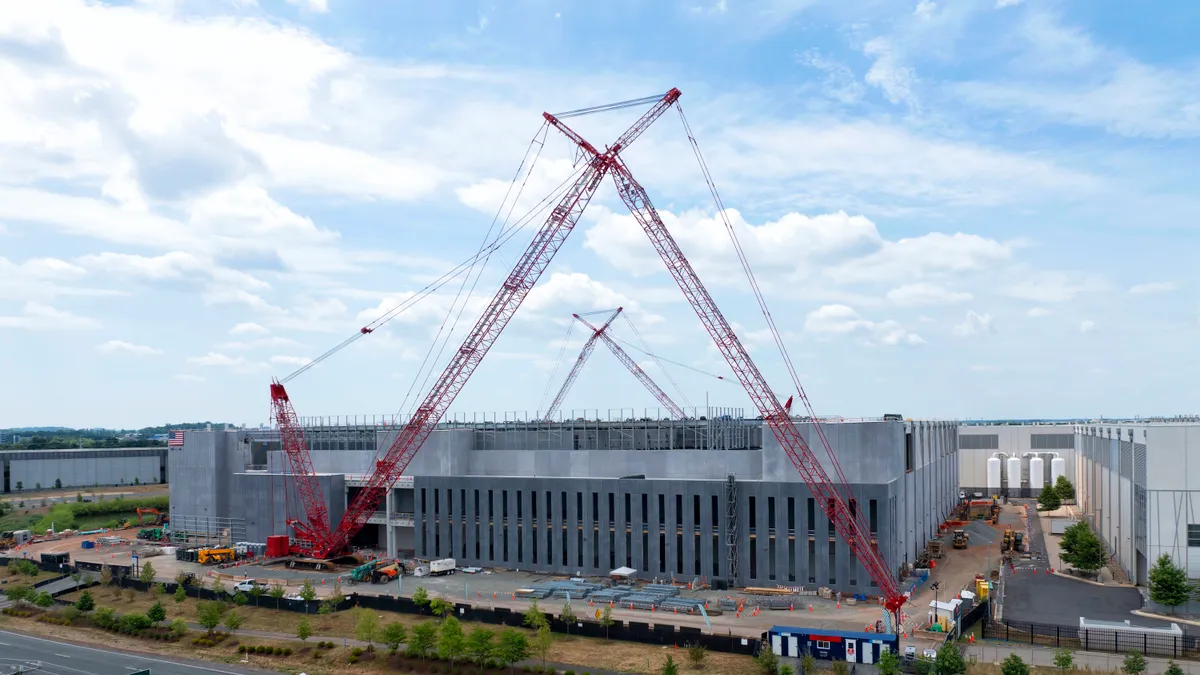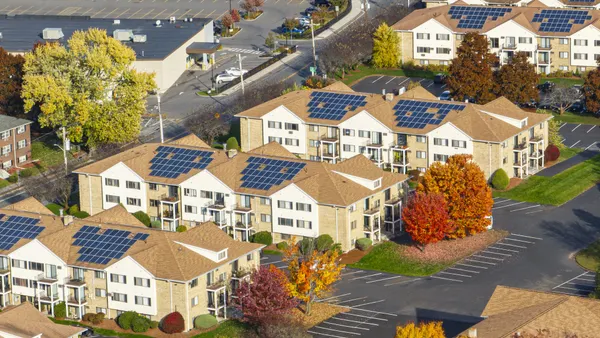The following is a Viewpoint by Fai Lim, marketing director, IP and Optical Networks, at Nokia.
As power utilities worldwide embrace smart grids, new energy technologies and innovations are changing power generation, transmission and distribution. One of the most significant changes is the adoption of distributed energy resources (DERs), particularly solar and wind power.
The high adoption rate offers many opportunities and challenges. On one hand, DERs play a key role in transitioning to green and sustainable energy. However, due to the volatile nature of the way power is generated, DERs can cause grid instability and affect power quality if they are not managed properly. A reliable, secure converged field area network (FAN) can help address the challenges posed by DERs and enable a smooth integration into a power grid (see Figure 1).
Nature creates DER integration challenges
While DERs can be applied for a single residence, a business campus or an entire community, the electricity generated is volatile because of changing weather conditions. For example, a passing cloud can reduce the amount of sunlight received by solar panels, affecting the energy output level instantly. Likewise, wind speed changes can have an immediate impact on the amount of energy produced by wind turbines.
This volatility brings a high degree of unpredictability to daily grid operations. It affects the voltage profile in the distribution system, especially along feeder circuits. Ultimately, this can lead to power delivered to customers with voltage fluctuating outside the acceptable range.
Smart grid applications address challenges
What can utilities do to address the voltage fluctuations caused by DERs?
Smart distribution automation (DA) applications, such as voltage and volt-ampere reactive optimization (VVO) consisting of load tap changers (LTC), voltage regulators and capacitor banks along feeder circuits can mitigate the impact of weather changes on grid voltage levels.
For example, when clouds block the sunlight, the output of solar photovoltaic (PV) units is reduced and more electricity must be drawn from substations to make up for the lower solar generation. This power draw results in a voltage drop along feeder circuits and customers can momentarily experience the effects of lower voltage, commonly known as a power sag. In some cases, this sag could go below the minimum acceptable range specified by the electricity authority. The most obvious impact of this sag is flickering lights.
With VVO, utilities can manage the voltage fluctuation caused by DERs or adjust for changes in customer demands. Voltage sensors that are mounted on electrical poles, integrated into smart meters at customer homes or built into smart inverters at DER sites, can collect voltage information throughout the grid, sometimes as frequently as 60 samples per second. When equipped with the collected data, the VVO control logic, which typically resides in a Distributed Management System (DMS) located in an operations center, can control the voltage regulator and capacitor banks to ensure the voltage level consistently stays within the acceptable range.
Today’s FANs limit innovation
To be effective, these and other applications require smarter FANs that can provide reliable, secure broadband connectivity everywhere beyond substations to carry different applications’ data at the same time. These critical networks provide the communications needed to enable intensive grid-wide condition monitoring for a variety of critical requirements, such as voltage levels. They allow intelligent grid applications to continuously automate operations to regulate voltage and provide reactive power management.
But current FANs were never designed to support this kind of intelligent automation. These FANs are application-specific and based on technologies that are either narrowband, proprietary or use unlicensed or lightly licensed wireless spectrum. They were originally deployed as purpose-built networks to support individual grid applications.
For example, a power utility may have one FAN for advanced metering infrastructure, another for line monitoring and one for SCADA. They are all engineered to support a specific application and are typically based on different networking technologies that require their own specific maintenance and support processes. Plus, these FANs were never architected to evolve and support new applications.
As a result, many utilities now have multiple independent FANs that must be managed and maintained separately. These networks are not interoperable and cannot scale to meet smart grid requirements. Without the ability to integrate and scale, remote grid monitoring and control of intelligent electronic devices (IEDs), which are integral for DER integration, is difficult. Moreover, control, co-ordination and communications among various grid applications is challenging, application integration is not possible and future innovation is extremely limited.
Transitioning to a smarter grid with a converged FAN
A new converged FAN built on standards-based Long Term Evolution (LTE), the fourth generation cellular technology, and Internet Protocol/Multi-Protocol Label Switching (IP/MPLS), may very well be the key to seamless DER integration and other benefits from intelligent distribution automation.
Harnessing advantages offered by Long Term Evolution (LTE) including high radio frequency (RF) transmit power and receive sensitivity, high non-line-of-sight (NLOS) performance and wide ecosystem offering economies of scale, utilities can cover their service area everywhere economically and flexibly. Moreover, IP/MPLS, which is already widely deployed in utility wide area networks (WAN), allows utilities to converge all distribution automation applications atop LTE with performance assurance, high reliability and security protection. With a converged FAN, utilities can migrate today’s distribution applications flawlessly, integrate DER seamlessly and prepare the grid to embrace emerging and future distribution automation applications.
Barriers to transition
To begin the transition, the utility industry needs to overcome a few barriers. Access to LTE spectrum is fundamental. Utilities are used to building their own private networks. However, this requires dedicated spectrum, which is a scarce resource, to minimize the risk of interference and disruptions.
The good news is the situation is improving. In Europe, ARCEP, the French counterpart to the FCC in the U.S., is now making some previously held spectrum, like the 2.6 GHz band, available to critical infrastructure operators. The U.S. has even gone one step further. AT&T offers utilities access to 2.3 GHz licensed broadband spectrum as part of a joint solution with Nokia, enabling utilities to build, own and operate private LTE FANs.
Alternatively, mobile network operators can offer utilities wireless data services over commercial LTE networks. This is a significant business opportunity, however, and mobile network operators need to design their services with high reliability and robust quality of service to meet the needs of FAN communications.
The heart of the LTE network, called the Evolved Packet Core (EPC), also needs to change. The EPC is architected to scale to support tens of millions of subscribers to meet the performance and business economics for mobile broadband services. However, with private converged FANs, the service characteristics and business economics are very different and therefore require a different EPC architecture. An EPC designed with a cloud-native architecture can take advantage of the latest in cloud and x86 based server technologies and operate in an open network functional virtualization (NFV) environment to meet FAN scalability requirements in a cost-optimized manner.
Lastly, IP/MPLS service capabilities are typically available in platforms designed for a central office environment, and not suited for field deployment. Adaptation of full-fledged IP/MPLS to a more robust and compact form factor, with integrated LTE radio, is required.
We are getting there
With close collaboration among utilities, service providers, telecom authorities and equipment suppliers, the barriers to deploying converged FANs are dissolving. Some utilities have even started early rollouts. As utilities embrace emerging and future applications, converged FAN can evolve and will remain an integral component to utilities’ strategy to embrace Industrial Internet of Things (IIoT) and machine-to-machine technologies.






